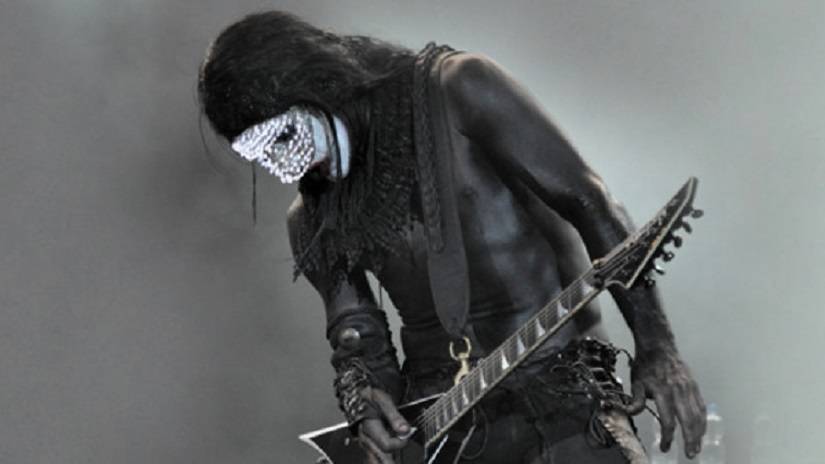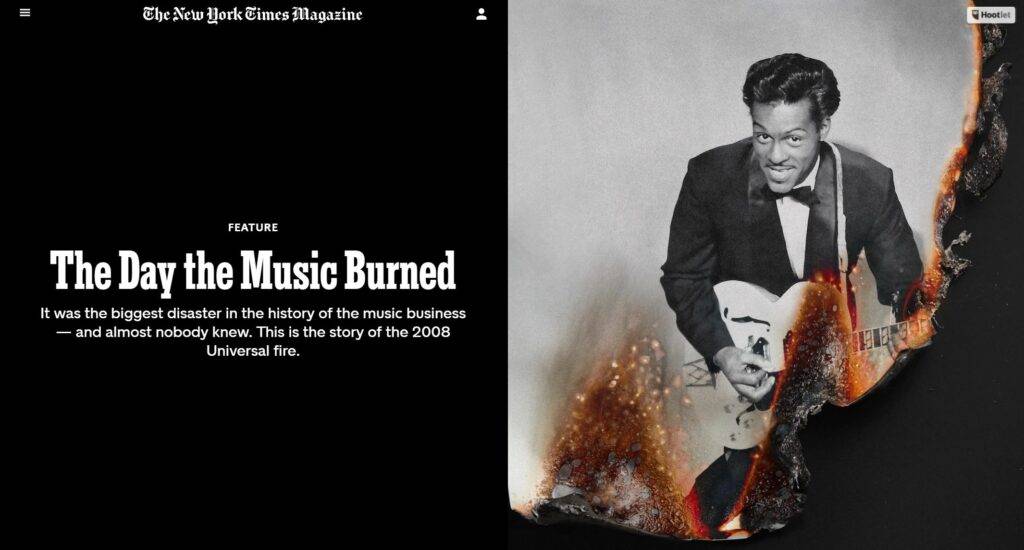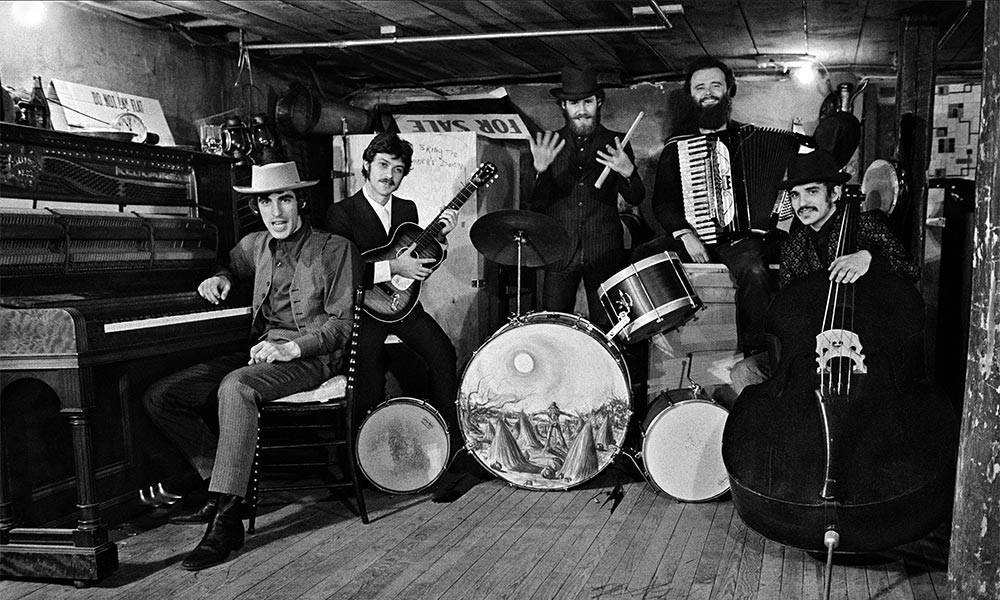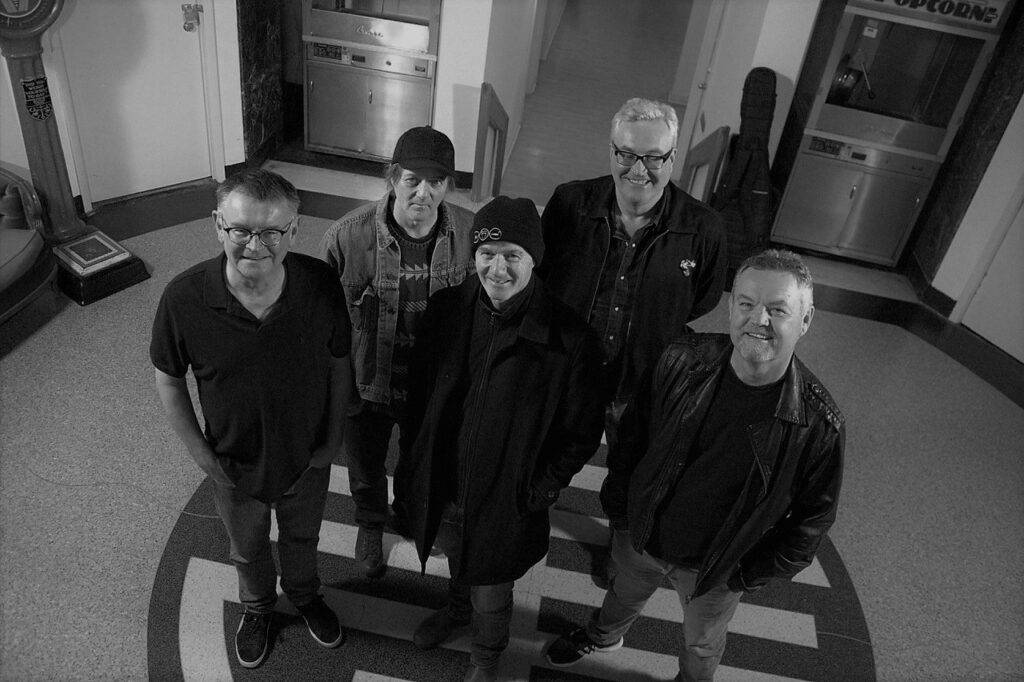
10 Most Underrated Guitarists Of All Time
Great gunslingers who don’t get the credit they deserve.
To be a guitarist in a rock band is, more often than not, to be the center of attention. OK, you’re not the singer, but in a way you’re even cooler, with a sense of mystique and an array of techniques to show off, ensuring you grab your share of the spotlight and then some. You might wind up being the most famous part of the group – they might even name the band after you!
It doesn’t always work out like that, though. The world of rock and roll is full of guitarists who don’t get their due, and we’re here to set it right.
Sometimes the musicianship is deceptively simple, a less flashy style belying the creativity and technique that underscores the band’s sound. Or it could be that the guitarist’s band is unfashionable or downright bad – but that doesn’t mean the guitar work is unworthy of praise. Most frustrating still are the players who are outstripped by their own bandmates.
Whatever the reason for the lack of recognition, it’s time to do right by these axemen and women, without whom the musical landscape would be a lot less interesting.
10. Marissa Paternoster
Fans of ripping, unabashed noise who aren’t familiar with Screaming Females need to amend that as a matter of urgency. Since 2006, they’ve been releasing collections of often angry, often fun tracks that will put any home stereo set up to the test, fueled by the explosive guitar work of Marissa Paternoster.
Paternoster plays a thunderous guitar, walloping her Stratocaster with a force that matches the full-throated roar of her vocals. It’s seldom subtle work; on “The Real Mothers” there’s a little dynamic variance but the song hits hardest when Paternoster does, pounding out chords as she launches into another chorus.
On “Red Hand” she takes on a cheerfully heavy metal-leaning tone, throwing off lose riffs as she transforms her vocals into a characterful bellow. She has all manner of tricks up her sleeve, though all of them lean towards the noisy and the demonstrative.
Screaming Females’ business is noisy, hook-laden rock, and with Paternoster at the helm, business is booming in more ways than one.
9. Wes Borland
Nu metal wasn’t and isn’t for everyone, and Limp Bizkit could feel like the worst of the bunch. Not only did they exhibit the genre at its charmless, chauvinist worst, they were inescapable for a time, with frontman Fred Durst the lightning rod for non-fans antipathy.
Amidst all the ill-advised rapping and posturing was Wes Borland, the body-painted guitarist just trying to do his thing. In the band’s early days, especially, Borland’s angry, booming down-tuned guitar defined Limp Bizkit’s sound, an accessible new (later nu) metal that tapped into the souls of disgruntled teens.
Like his contemporary Tom Morello, Borland often strives to make his guitar sound like anything but, using thick effects, alternate tunings, extensive vibrato, and a two-handed playing style to push the instrument to its limits.
All that may still not be your cup of tea, but there’s no denying Borland’s skills and musicianship. And when he takes to the stage in black body paint, stripped to the waist, your eyes are drawn to him, not the guy with the goatee in the red Yankees cap.
8. East Bay Ray
From the moment you hear their name, Dead Kennedys have you where they want you. They’re a band who set out to shock, from the clever, satirical “Holiday In Cambodia” to the base “I Kill Children”. Part of what makes their shock tactics so effective, though, is the bouncy, surf-infused guitar work of East Bay Ray, whose jazzy technical chops provide an amusing counterpoint to Jello Biafra’s profane rantings.
Ray joined Dead Kennedys after jobbing as a rockabilly guitarist, and his relatively clean, reverb-heavy sound set the band apart from their contemporaries. Tracks like “Police Truck”, particularly, are given a noirish shimmer by Ray’s lead lines, giving a cinematic bed for Biafra to sneer over.
It’s not always the most technically complex playing, but his bright, chiming riffs are completely different from the aggressive work of fellow ‘80s punks or the chord-favoring pop punkers in the Kennedys’ wake. Their outrageous humor maybe their selling point, but Ray is their secret weapon.
7. Kurt Vile
The enigmatic singer-songwriter sounds pretty much how he looks. The long hair and relaxed vibes are no red herring – Vile makes some of the best chilled-out folk-rock since The Byrds.
That doesn’t mean he can’t play a mean guitar when he wants to, though. Before he discovered the joy of a really long album, his fingerpicking on the likes of “Peeping Tom” is sparse, beautiful, and rhythmically unpredictable. On “Smoke Ring For My Halo” he creates a simple, chugging chord sequence that envelops the listener.
It’s 2013’s Wakin’ On A Pretty Daze album where Kurt really cuts loose, though. The title track in particular is a guitar session you want to get involved in, with Vile taking breaks as and when he wishes to indulge in wah-drenched mild freakouts. It’s indulgent, but charmingly so. It sounds a blast to play and makes for a great listen.
He’s good for a tight riff, too, on the minor hit “Pretty Pimpin’” or the incongruously crunchy and punchy “KV Crimes”. It’s like you’re jamming in your pal’s bedroom, only your pal’s an exceptionally good songwriter.
6. Sadie Dupis
Speedy Ortiz’ first album Major Arcana, especially, features some of the coolest, catchiest guitar playing in recent years. The 2013 release was heralded at the time primarily for Dupis’ lyrics and the strong, varied selection of tracks, but Dupis deserves equal credit for the melodic and brilliantly placed guitar work throughout.
The gloomy “No Below” is particularly strong, with deep guitar playing which follows the melody before going off and doing its own thing. “Fun” flits neatly between a cute riff and boisterous power chords as the song zooms along.
Best of all is the closer, “MKVI”, which takes the brash indie rock of the previous nine tracks and thickens the mix with increasingly heavy guitars which weave around each other for an extended instrumental section.
Beyond the riffs, Dupis is commendable for the sound she conjures from her guitars. It’s inspired by a glut of great ‘90s indie acts but modernized, especially as later Ortiz albums take on a poppier bent. The guitar heroics may not be the band’s main focus, but as far as added bonuses go, this one’s pretty great.
5. Peter Green
If you ever feel hard done by, just think of poor Peter Green. Somehow in 2022 Fleetwood Mac are more popular than they’ve been in decades, but scant few of their new generation of fans will have any awareness of the London bluesman who led their first iteration.
The band (briefly known as Peter Green’s Fleetwood Mac – his name above the title) were key players in the British blues explosion of the late ‘60s and early ‘70s. Alongside the band’s bedrock Mick Fleetwood and John McVie, Green saw his band reach significant success, with Green-penned tracks like “Albatross” and particularly “Black Magic Woman” finding significant success.
Green suffered significant mental health issues as the ‘70s wore on, and in quick succession, he left Fleetwood Mac and entered therapy. He worked occasionally and was venerated in certain circles, but either couldn’t or didn’t want to reignite a full-time music career.
While the shiny pop of Buckingham/Nicks era Mac is the more radio-friendly crowd, the soulful, inventive blues of the late Peter Green should be required listening for those discovering the band today.
4. Greg Ginn
When the casual rock fan thinks of Black Flag, they’re most likely picturing a shirtless Henry Rollins, bug-eyed and sermonising in a small sweaty club. While Rollins fronted the group in their most successful period, though, the brains of the operation was the leader and chief songwriter Greg Ginn.
Ginn took the stripped-back style of hardcore to the extreme. As the main source of raucous noise for Black Flag, he eschewed distortion pedals, instead of plugging straight in, cranking it up, and churning out game-changing music. From the opening notes of “Rise Above”, Ginn lays bare his style, playing with ferocious pace beneath the melody; he sounds like he’s chasing Rollins across the track.
It’s fair to say most serious punk guitarists have taken a lesson or two from Ginn, from the unshowy nature of his riffs to the sheer physical energy he puts into his playing. It’s good, honest, hard-working guitar playing, the stuff a scene is built on.
3. Mary Timony
Guitar heroics and indie rock don’t always go hand in hand, but no one told that to Mary Timony. All of her projects, whether alone, as a bandleader, or part of many iconic groups, have held a focus on guitar work of some kind, whether it’s textured, virtuosic, or somewhere in between.
Most recently as part of Ex Hex, she’s built her playing up to a wall of power pop volume, all crunchy riffs and noise. She’s rarely sounded so aggressive as a player, swapping show-stopping technique for volume and ferocity.
With Wild Flag, she embraced her rock star side, churning out a singular, near-perfect album of tracks that could be instant radio hits in any era. Timony sounds like she’s having an inordinate amount of fun on these tunes, and the passion is entirely apparent.
Her most intriguing work, however, can be found in her band Helium, one of the great ‘90s groups. Their second and final record The Magic City boasts some labyrinthine playing, particularly on the sprawling “Revolution of Hearts, Pt. 1 & 2”. She’s a true guitar hero in an era that sorely lacked them.
2. Eddie Hazel
It’s a tricky proposition to steal the spotlight from any lead singer, and that goes double when the singer in question is George Clinton. The funk maestro assembled an incredible band around him, though, and perhaps no one in the genre has played a meaner guitar than Eddie Hazel.
He was a member of Parliament-Funkadelic for a relatively brief while, but these were the good times. He played some of the sweetest stuff you’ll ever hear on “Can You Get To That”, and ran wild on “Funky Dollar Bill”, frequently co-writing much of the albums’ music in that golden period.
Most pertinent, though, is “Maggot Brain”. The opening track from the album of the same name is a showpiece for Hazel, whose evocative, soulful, pained solo was cut in one take while Clinton spurred him on by asking him to imagine his mother was dead. Hazel evokes the spirit of his hero Hendrix on the song; his guitar sounds alternately like it’s singing and weeping.
Post-Parliament-Funkadelic, Hazel worked sporadically, releasing an interesting solo album before dying far too young in 1992. Hazel had far more to give, for sure, but few guitarists – if any – can point to a piece of work as impressive as that 10-minute workout. It’s perfection.
1. Malcolm Young
Of course, all the attention’s going to go to Angus. The diminutive lead guitarist wields his SG like a pitchfork, finger-tapping and soloing like a maniac. He’s dressed like a schoolboy, for God’s sake. Obviously, all eyes are going to be on him.
The heart of AC/DC, though? That would be older brother Malcolm, whose pounding riffs were the foundations for nearly 40 years of Aussie rock. They weren’t a band big on variety, but the beauty of Malcolm’s riffs was how distinguishable they were from one another, even if they were of a piece, to put it mildly.
He’s one of the all-time great rhythm guitarists, keeping the songs together along with the rest of the rhythm section to allow Angus and Bon Scott, later Brian Johnson, to strut their stuff with impunity.
His passing in 2017 was met with great sadness, particularly in the world of rock and roll – he was a guitarist’s guitarist, the kind of low key figure who makes everyone else look great through impeccable timing and an unselfish stage presence. And that’s without even getting into the songs and riffs he wrote. A quiet colossus in rock.






Responses